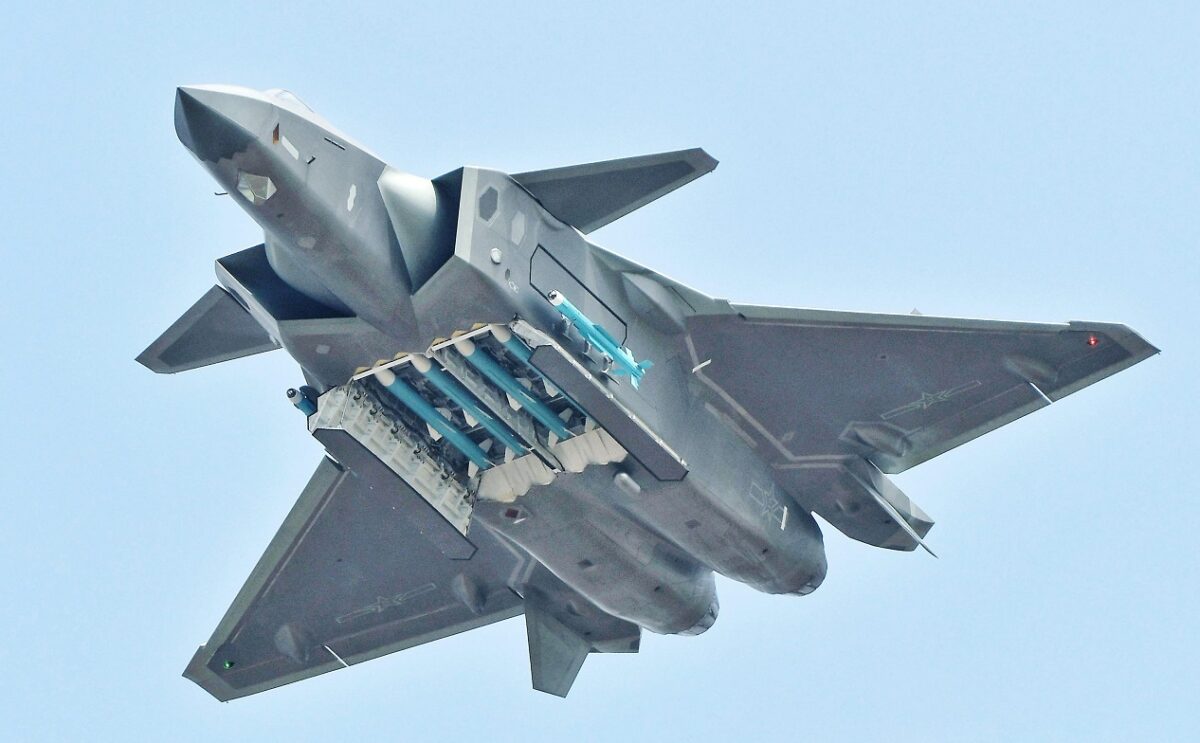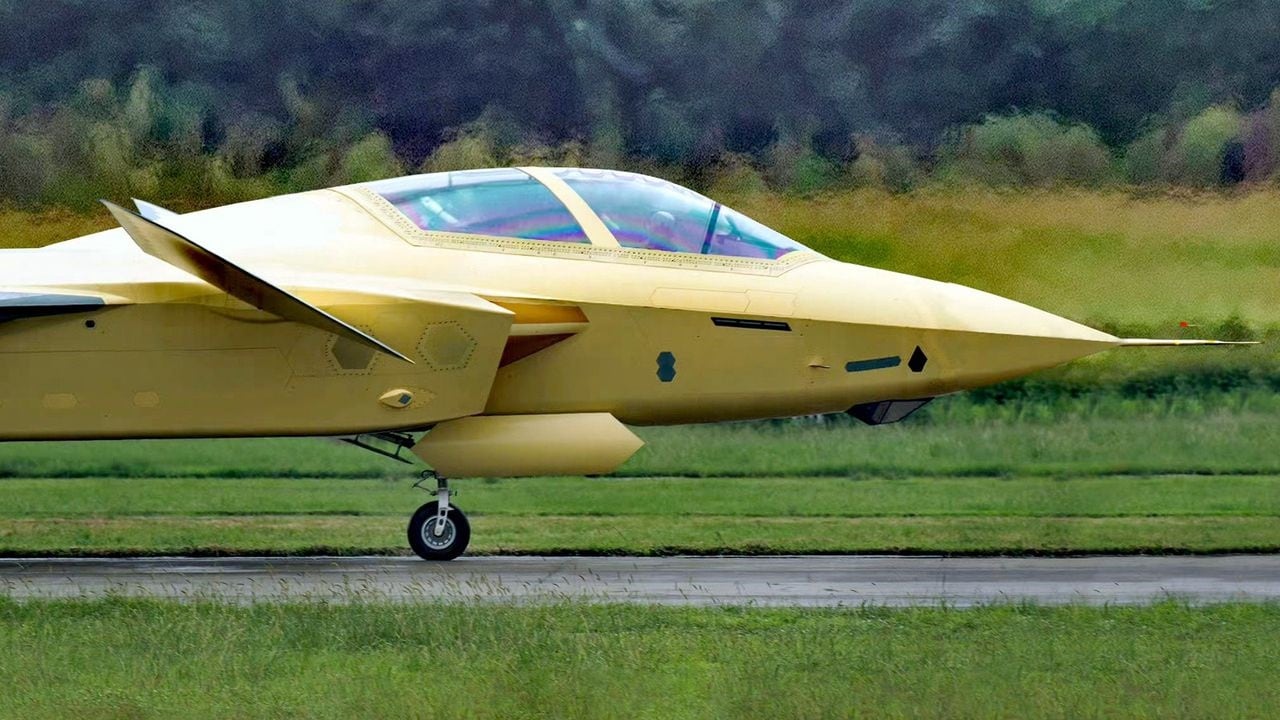Asian Death Ray Race? Japan is Building Microwave Weapons: The skies over Asia may soon be sizzling with deadly beams of energy.
Japan’s Defense Ministry will begin full-scale development of high-power microwave (HPM) weapons, according to Japan’s Yomiuri Shimbun newspaper. The report comes days after Chinese media reported that China is developing laser weapons for the J-20 Mighty Dragon stealth fighter.
“The Defense Ministry will start full-scale research and development on high power microwave (HPM) weapons, which can disable an enemy’s military drones, from the 2022 fiscal year that begins in April,” Japanese officials told Yomiuri Shimbum.
“The ministry plans to work on a prototype over the next five years and has earmarked 7.2 billion yen [US$62.5 million] in next year’s budget plan for that purpose.”
Countries such as the United States, China and Russia are developing directed energy weapons, including laser- and microwave radio frequency-based systems. In particular, they are seen as a cheaper alternative than kinetic weapons, such as missiles and cannon, for shooting down drones or missiles. For example, drone swarms – hordes of small drones armed with explosives – could easily overwhelm kinetic weapons that can’t engage a hundred drones fast enough, and would run out of ammunition if they tried.
Microwave weapons can “hit targets at the speed of light, have a high accuracy rate, can easily change irradiation direction with high ability to deal with saturation attacks, and have low cost as there is no limit to how often it can fire, with power consumption the only consideration,” Yomiuri Shimbum noted.
“Compared to having Air Self-Defense Force fighter jets scramble, they have the advantage of reducing the risk of casualties among personnel.”
However, directed energy weapons have their limitations. Weather conditions such as rain and fog can limit their power and range, as can countermeasures such as obscurants. Size, weight and power (SWaP) requirements have been an issue for directed energy weapons since the Cold War.
Nonetheless, a breakthrough in HPM-based missile defense would be welcome in Japan, which faces multiple missile-armed potential enemies. North Korea regularly test-fires ballistic missiles into waters near Japan, and probably would target Japan should a second Korean War erupt. China has a huge arsenal of ballistic missiles that could be employed against Japan if a conflict ensues over Japanese-held islands claimed by both nations, or if Japan supports Taiwan against a Chinese invasion.
HPM will complement Japanese missile defense systems that use rockets to knock down other rockets, according to Yomiuri Shimbum. “These HPM weapons are expected to complement the existing two-stage missile defense system, which uses SM-3 interceptors on Aegis destroyers and ground-to-air PAC-3 guided missile.”
But what’s particularly intriguing is the prospect of a directed-energy arms race in Asia. Last month, China’s state-sponsored Global Times claimed that the J-20 stealth fighter – the pride of Chinese military aviation – could be armed with laser weapons. However, the South China Morning Post reported that “China’s ambitions to arm its most advanced fighter jet with hi-tech weapons, such as lasers or particle beams, may be frustrated by its underpowered engines.”

J-20 Stealth Fighter.
A seasoned defense and national security writer and expert, Michael Peck is a contributing writer for Forbes Magazine. His work has appeared in Foreign Policy Magazine, Defense News, The National Interest, and other publications. He can be found on Twitter and Linkedin.

